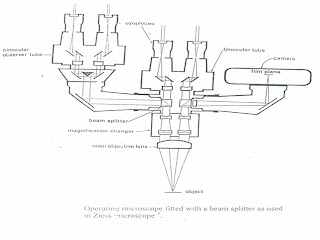Ú CLASSIFICATION
(A) Depending on the placement with in the tissue.
Ú Epiosteal implants- These implants receive their primary bone support by resting on it.
eg- Sub-periosteal implants.
Ú Transosteal Implants- These implants penetrate both cortical plates and passes through the entire thickness of alveolar bone.
Endosseous Implant
Ú (B) The ADA classification :
Ú AN ENDOSTEAL IMPLANT
IS PLACED DIRECTLY INTO THE BONE, LIKE NATURAL TOOTH ROOTS AND CAN BE USED FOR MANY PURPOSES. A SINGLE PIN CAN BE INSERTED THROUGH AN EXISTING TOOTH TO STRENGTHEN AND STABILIZE IT. OTHER STYLES CAN PROVIDE AN ANCHOR FOR ONE OR MORE ARTIFICIAL TEETH.
• A SUBPERIOSTEAL IMPLANT
IS USED WHEN THE BONE HAS ATROPHIED AND JAW STRUCTURE IS LIMITED. THE LIGHTWEIGHT, INDIVIDUALLY-DESIGNED, METAL FRAMEWORK FITS OVER THE REMAINING BONE, PROVIDING THE EQUIVALENT OF MULTIPLE TOOTH ROOTS. IT MAY BE USED IN A LIMITED AREA OR, IF ALL THE TEETH ARE MISSING IN THE ENTIRE MOUTH.
• INTRAMUCOSAL INSERTS
REPRESENT A THIRD TYPE OF IMPLANT USED WITH REMOVABLE DENTURES. THE MUSHROOM-SHAPED INSERTS ATTACH TO THE GUM-SIDE OF THE DENTURE AND FIT INTO SPECIALLY PREPARED INDENTIONS IN THE ROOF OF THE MOUTH. THEY PROVIDE GREATLY INCREASED STABILITY AND HOLDING POWER.
(C) Depending on materials used
Ú Metallic Implants-
Ti
Ti alloy
micro enhanced pure Ti
plasma sprayed Ti
Co,Cr,Mo alloy
Ú Non metallic Implants-
Ceramic
Carbon
Alumina
Polymer
Composite
(D) Depending on Design (shape & form) :
Ø Post or Root form implants- Screw shaped
solid tapering
solid cylinder
Tapered screw shaped
pin types
basket design
Ø Blade implants- conventional blade design
Vented blade design



















